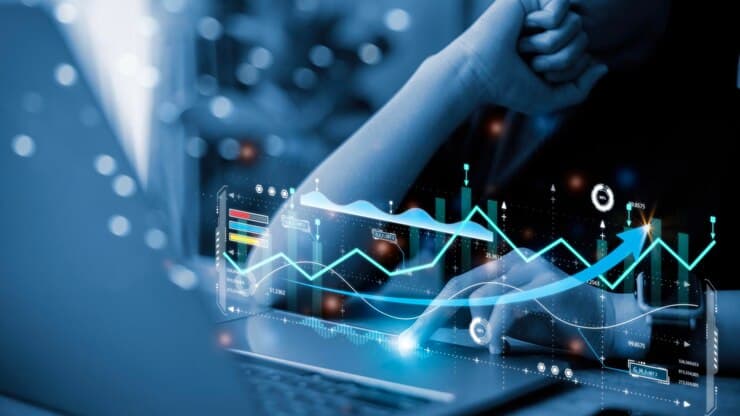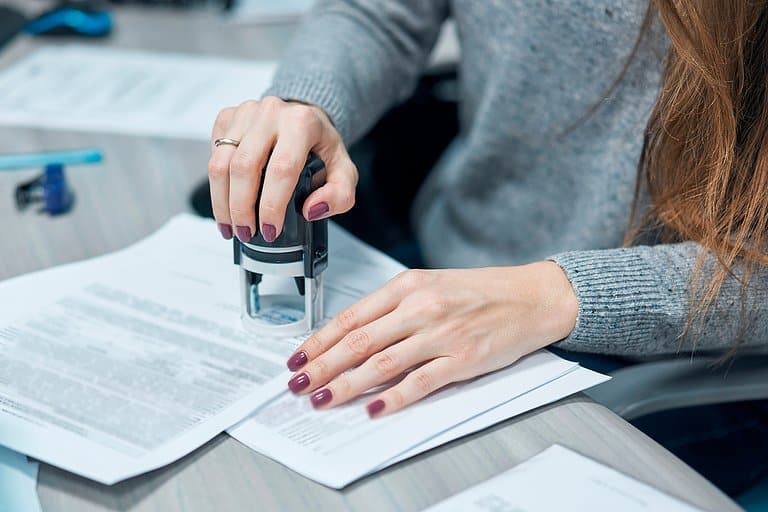The naysayers can deny it all they like, but remote work is the future and now it’s here to stay.
The shift towards remote work had already been ongoing before 2020, but the pandemic accelerated that trend to the point of no return.
The transition was hard for many people, but the world is a better place for it. Remote work is a better way to work and live by almost every metric. Remote employees are happier, more productive, and more efficient when they have agency over when and how they work.
Still, the paradigm shift misses something about remote work and lacks something that office culture has – that of personal interaction. It’s harder to get to communicate with your team through a screen than it is face-to-face.
That isn’t to stay it can’t be done. Making a remote company feel like a connected, cohesive team just involves a different way of thinking about HR and project management.
This post will offer different ways HR can help their remote workforce stay connected.
1. Trust Your Employees
Remote work does not work without trust. You can’t monitor everything your remote employees do throughout the day.
You can’t peek over your employees’ shoulders or walk up to their desks the same way you could in an office setting. Employee monitoring apps that monitor your remote employees’ browser activity and take screenshots of their desktops do exist, but these create a toxic work culture and are highly invasive to your team members’ privacy. It’s not practical, it’s not ethical, and it doesn’t create the kind of positive work environment you want.
The better alternative is to trust your remote employees to do their best work. If their productivity becomes an issue, have those conversations then.
2. Create a Remote-First Culture
Office happy hours and team get-togethers that were a feature of office life before the pandemic made a company feel like a team. As a remote company, you can replicate that sense of togetherness.
Have virtual socials and get-togethers once or twice a month. There are lots of remote party games your team can play over Zoom, or you can host Jeopardy-style trivia games or contests.
Create channels in your team Slack that let team members share memes, photos, weekly discussion questions, and photos and videos from their day-to-day lives.
You can also organize bi-weekly clubs for remote teammates to bond over their mutual interests – things like gaming, working out, or starting a book club. You can even arrange in-person meetups so your team members can spend time with each other in real life.
3. Celebrate Your Employees’ Successes
Quiet quitting – when employees mentally check out of work and their job just becomes a deposit for them – is the workforce buzzword of the day.
If your employees no longer feel valued or because their job no longer aligns with their career goals, they’ll be more likely to either coast along on the bare minimum or quit. Don’t let it get to that point.
Create a dedicated channel on your team Slack where you can celebrate your team’s successes. If an employee gets a win or does exceptional work, give them a shout-out. Good work deserves to be celebrated.
4. Be Organized – But Flexible
Having streamlined processes – a standardized, repeatable way of doing the same things consistently every time – is the lifeblood of any business, but it’s especially important for remote teams.
Keep your expectations consistent – but also be ready to adapt and open to change when things aren’t working out or don’t go as planned.
5. Make Leadership Available to Employees – and Listen to Their Feedback
Remote work requires a high level of trust, flexibility, and communication.
Larger enterprises that are used to certain practices struggled most during the shift to remote work. Remote teams have to be flexible and adapt quickly to changing circumstances.
You’re going to get things wrong – especially if you weren’t a remote-first company to begin with. Resolve that by encouraging communication between leadership and the rest of your remote team.
Have 1-on-1 check-ins between your team leads and individual team members where they can discuss issues, address concerns or raise questions – and implement fixes based on what they tell you.
Remote Work is a Better Way of Running a Business
Remote work is the way of the future. The companies that give their remote teams the same sense of connection they had before the pandemic will be best positioned for success. Remote work is not going anywhere, and the best thing you can do as the HR professional of a remote team is embrace it.























.png)
.jpg)



